
Coming soon in 2.05!
3D-Coat development process

 2) Layers masking (linking) is implemented. You can undestand what is it by pictures below
2) Layers masking (linking) is implemented. You can undestand what is it by pictures below





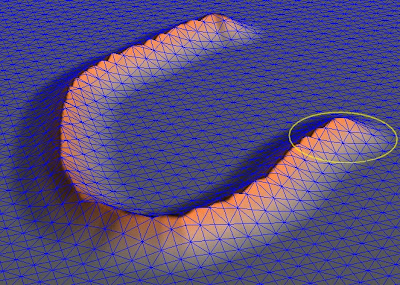
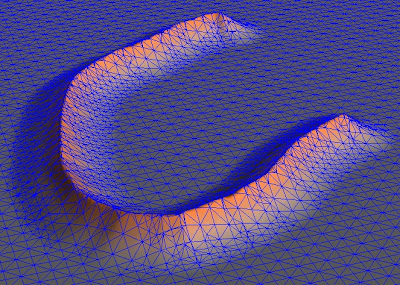

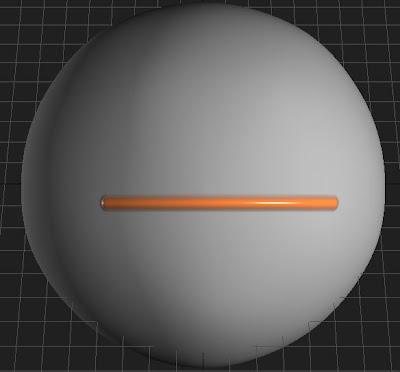 Then we should go to sculpt tool and distort it slightly using drag tool:
Then we should go to sculpt tool and distort it slightly using drag tool: 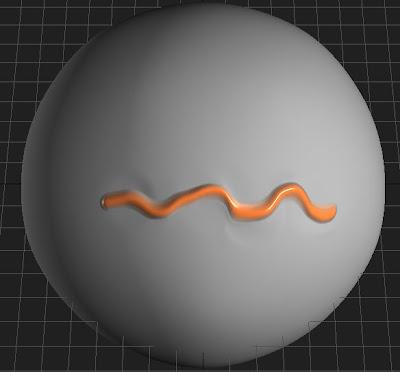
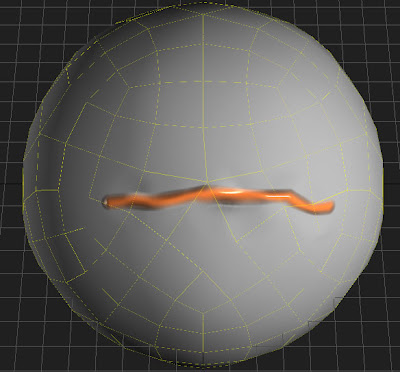
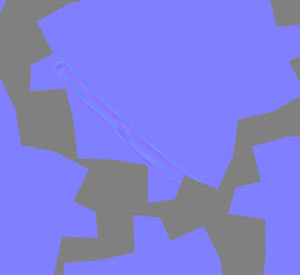
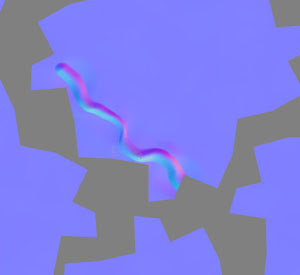 The differene is obvious - you have got the correct normal map using baking tool. The options for taking that normalmap are below:
The differene is obvious - you have got the correct normal map using baking tool. The options for taking that normalmap are below: To get displacement map you should set "Smooth" option because displacement is calculated like difference between object in scene and smoothed input mesh. If you want to project on current mesh you should check option "Use current low poly mesh...". In this case it is better to check options "Use original positions..." and "Smooth mesh" if you want to get displacement and uncheck them if you want only normalmap.
To get displacement map you should set "Smooth" option because displacement is calculated like difference between object in scene and smoothed input mesh. If you want to project on current mesh you should check option "Use current low poly mesh...". In this case it is better to check options "Use original positions..." and "Smooth mesh" if you want to get displacement and uncheck them if you want only normalmap.
I have uploaded the new version there:
www.3d-brush.com/files/3d-brush-2-03-sp2-en.exe